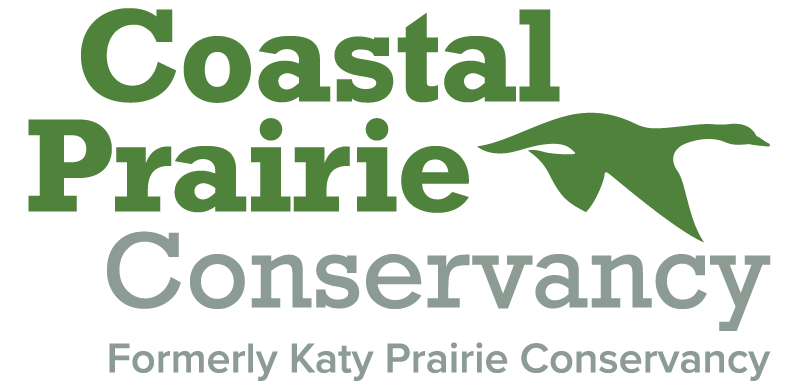State of the Species: Sprague’s Pipit (Anthus spragueii)
Written by: Heidi Rothschild, Guest Contributor
Photo courtesy of Greg Lavaty
Walking across the coastal prairie in the winter, you scan the horizon and the grasses surrounding you, looking for sandhill cranes, northern harrier hawks, and other winter visitors. Suddenly you jump: inches in front of you, a single sparrow-like bird shoots straight up to the sky, uttering a loud squeak as he goes. You catch your breath and smile, realizing that you have just encountered a Sprague’s pipit.
Scientifically, Sprague’s pipits (Anthus spragueii) are members of the Passerine, or songbird, order. More informally, they are part of the group that less-expert birders (myself included) sometimes refer to as “LBBs” – Little Brown Birds – that are frustrating to identify in the field. Sprague’s pipit is six to seven inches long and buffy in color, with darker markings on the back and relatively long legs that range from yellowish to pink. Birders who are fortunate enough to observe one up close will see that its long, thin bill distinguishes it from similar species like the vesper sparrow, which has a conical bill. Birders can also note that unlike the more common American pipit, Sprague’s pipit is usually solitary and much less likely to occur in areas with human activity, like parks or ball fields. Another distinguishing feature is that the American pipit flies away, rather than straight up, when it is flushed.
Sprague’s pipit spends the breeding season on short grass prairies in the northern U.S. and Canada, where it is more often heard than seen. It’s noted for its long display flights and its distinctive song that starts high and fast and then descends the scale, described by some as sounding like falling pebbles. During the winter months when Sprague’s pipit visits the southern half of Texas, it sings less often and is usually only seen when it is flushed.
Even more than some other birds, Sprague’s pipit is struggling with habitat loss. Some grassland birds, like the American pipit, are fairly adaptable and will use farmland or suburban parks when undisturbed native prairie is not available. Sprague’s pipit, though, must have undisturbed short grass prairie to nest, breed, and overwinter. Studies indicate that their population has declined 70 percent or more since 1970, mostly due to habitat loss. Fortunately, a recent study led by Dr. Joseph Veetch, professor of biology at Texas State University-San Marcos, has identified a number of areas in Texas with the undisturbed habitat needed to support these birds, including the Indiangrass Preserve of the Coastal Prairie Conservancy. Protecting these prairie gems will give Sprague’s pipit a chance to survive.
When you visit, volunteer, or donate to the Coastal Prairie Conservancy, you are helping to preserve the increasingly-rare native grasslands that Sprague’s pipit and other grassland birds, reptiles and mammals need. If you get a chance to walk across a native Texas prairie during the winter months, keep your eyes open for a glimpse of one of our cold weather visitors. And don’t forget that a flushed Sprague’s pipit may surprise you on your quiet winter stroll!

